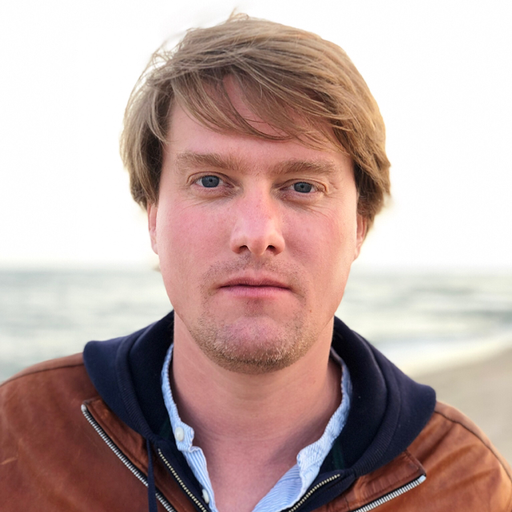Fifty years ago, Peter Turnley, just beginning his career as a photographer, was commissioned by the California Office of Economic Opportunity to make a four-month road trip through America’s largest agricultural and rural state to make a photo docu...




